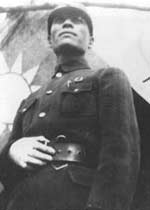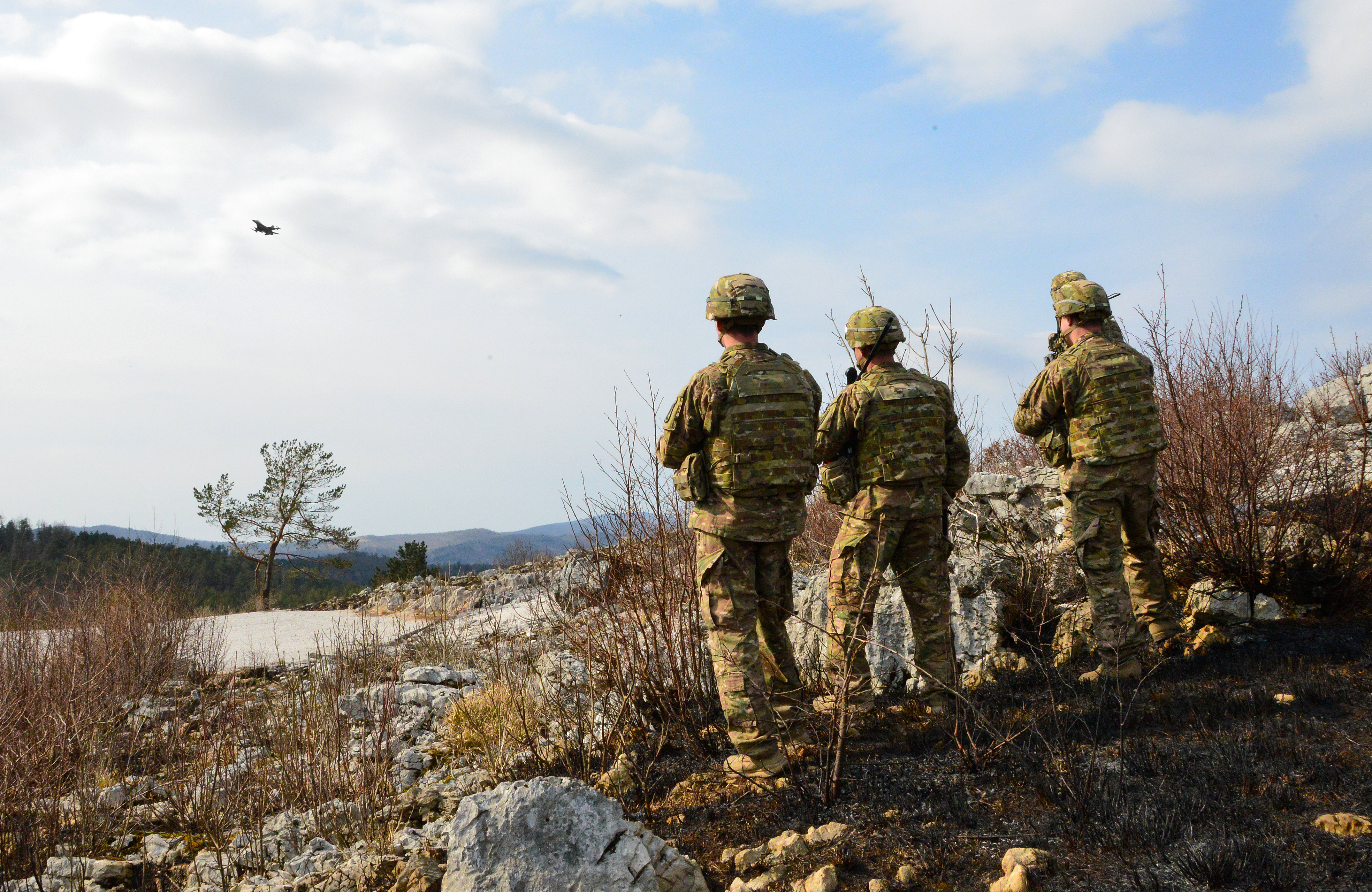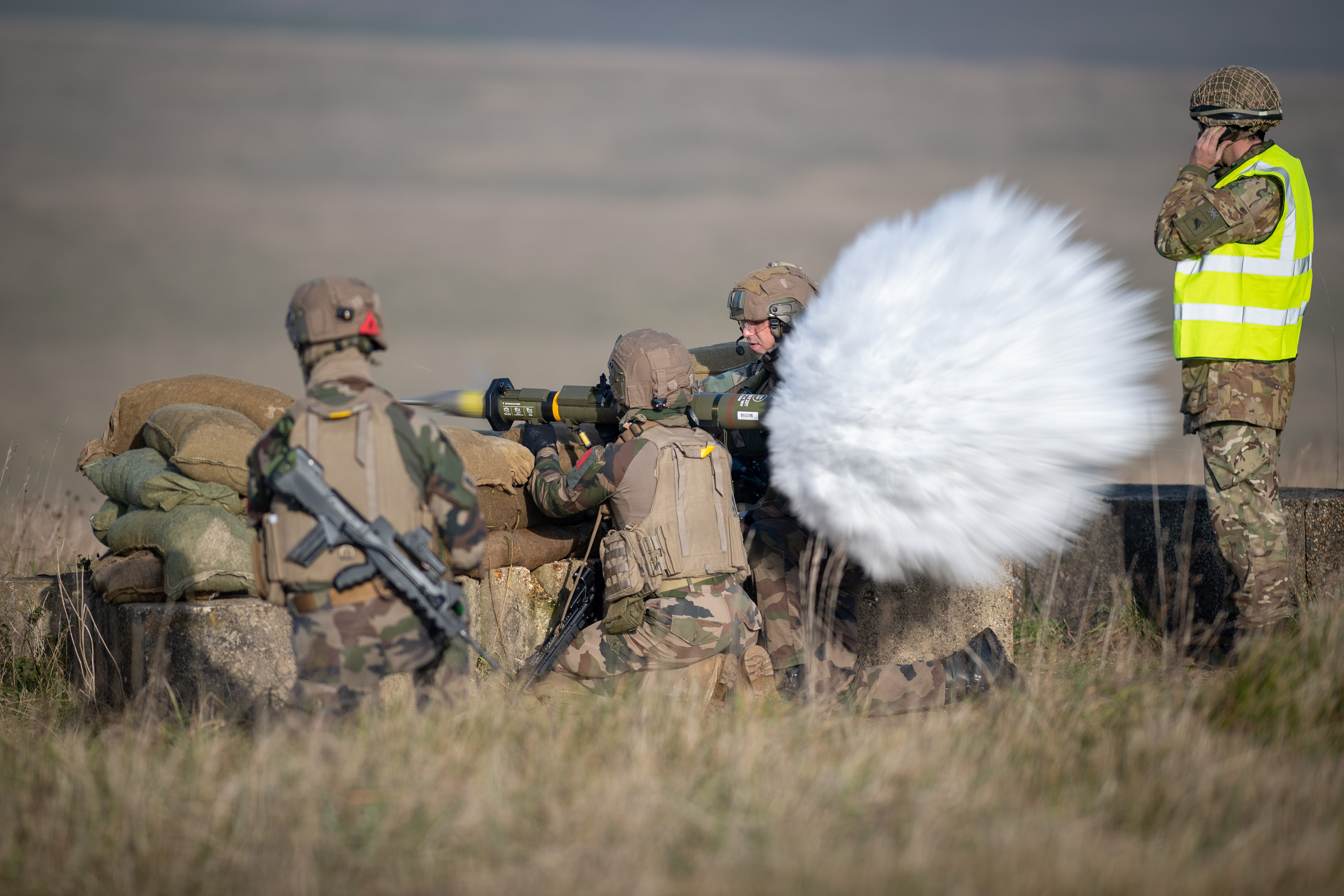|
Defence Of Sihang Warehouse
The Defense of Sihang Warehouse () took place from October 26 to November 1, 1937, and marked the beginning of the end of the three-month Battle of Shanghai in the opening phase of the Second Sino-Japanese War. Defenders of the warehouse held out against numerous waves of Japanese forces and covered Chinese forces retreating west during the Battle of Shanghai. The successful defense of the warehouse provided a morale-lifting consolation to the Chinese army and people in the demoralizing aftermath of the Japanese invasion of Shanghai. The warehouse's location just across the Suzhou Creek from the foreign concessions in Shanghai meant the battle took place in full view of the western powers. It was across from the foreign concessions in Shanghai, and the Japanese did not dare to call naval artillery strikes on the area, since a stray shot might land in the concessions and provoke an incident with the Europeans and Americans, whom the Japanese wanted to keep out of the war ... [...More Info...] [...Related Items...] OR: [Wikipedia] [Google] [Baidu] |
Battle Of Shanghai
The Battle of Shanghai () was the first of the twenty-two major engagements fought between the National Revolutionary Army (NRA) of the Republic of China (ROC) and the Imperial Japanese Army (IJA) of the Empire of Japan at the beginning of the Second Sino-Japanese War. It lasted from August 13, 1937, to November 26, 1937, and was one of the largest and bloodiest battles of the entire war, later described as "Stalingrad on the Yangtze", and is often regarded as the battle where World War II started. After over three months of extensive fighting on land, in the air and at sea, the battle concluded with a victory for Japan. Since the Japanese invasion of Manchuria in 1931 followed by the Japanese attack of Shanghai in 1932, there had been ongoing armed conflicts between China and Japan without an official declaration of war. These conflicts finally escalated in July 1937, when the Marco Polo Bridge Incident triggered the full advance from Japan. Dogged Chinese resistance at Sha ... [...More Info...] [...Related Items...] OR: [Wikipedia] [Google] [Baidu] |
Mustard Gas
Mustard gas or sulfur mustard is a chemical compound belonging to a family of cytotoxic and blister agents known as mustard agents. The name ''mustard gas'' is technically incorrect: the substance, when dispersed, is often not actually a gas, but is instead in the form of a fine mist of liquid droplets.https://www.acs.org/content/dam/acsorg/education/resources/highschool/chemmatters/gc-mustard-gas-personal-safety-and-natl-security.pdf Mustard gases form blisters on exposed skin and in the lungs, often resulting in prolonged illness ending in death. The active ingredient in typical mustard gas is the organosulfur compound bis(2-chloroethyl) sulfide. In the wider sense, compounds with the structural element are known as ''sulfur mustards'' and ''nitrogen mustards'', respectively. Such compounds are potent alkylating agents, which can interfere with several biological processes. History as chemical weapons As a chemical weapon, mustard gas was first used in World War I, and has ... [...More Info...] [...Related Items...] OR: [Wikipedia] [Google] [Baidu] |
Allies Of World War II
The Allies, formally referred to as the United Nations from 1942, were an international military coalition formed during the Second World War (1939–1945) to oppose the Axis powers, led by Nazi Germany, Imperial Japan, and Fascist Italy. Its principal members by 1941 were the United Kingdom, United States, Soviet Union, and China. Membership in the Allies varied during the course of the war. When the conflict broke out on 1 September 1939, the Allied coalition consisted of the United Kingdom, France, and Poland, as well as their respective dependencies, such as British India. They were soon joined by the independent dominions of the British Commonwealth: Canada, Australia, New Zealand and South Africa. Consequently, the initial alliance resembled that of the First World War. As Axis forces began invading northern Europe and the Balkans, the Allies added the Netherlands, Belgium, Norway, Greece, and Yugoslavia. The Soviet Union, which initially had a nonaggression pa ... [...More Info...] [...Related Items...] OR: [Wikipedia] [Google] [Baidu] |
Artillery
Artillery is a class of heavy military ranged weapons that launch munitions far beyond the range and power of infantry firearms. Early artillery development focused on the ability to breach defensive walls and fortifications during sieges, and led to heavy, fairly immobile siege engines. As technology improved, lighter, more mobile field artillery cannons developed for battlefield use. This development continues today; modern self-propelled artillery vehicles are highly mobile weapons of great versatility generally providing the largest share of an army's total firepower. Originally, the word "artillery" referred to any group of soldiers primarily armed with some form of manufactured weapon or armor. Since the introduction of gunpowder and cannon, "artillery" has largely meant cannons, and in contemporary usage, usually refers to shell-firing guns, howitzers, and mortars (collectively called ''barrel artillery'', ''cannon artillery'', ''gun artillery'', or - a layman t ... [...More Info...] [...Related Items...] OR: [Wikipedia] [Google] [Baidu] |
Close Air Support
In military tactics, close air support (CAS) is defined as air action such as air strikes by fixed or rotary-winged aircraft against hostile targets near friendly forces and require detailed integration of each air mission with fire and movement of these forces and attacks with aerial bombs, glide bombs, missiles, rockets, autocannons, machine guns, and even directed-energy weapons such as lasers.''Close Air Support''. United States Department of Defense, 2014. The requirement for detailed integration because of proximity, fires or movement is the determining factor. CAS may need to be conducted during shaping operations with Special Operations Forces (SOF) if the mission requires detailed integration with the fire and movement of those forces. A closely related subset of air interdiction (AI), battlefield air interdiction, denotes interdiction against units with near-term effects on friendly units, but which does not require integration with friendly troop movements. The ter ... [...More Info...] [...Related Items...] OR: [Wikipedia] [Google] [Baidu] |
Military Education And Training
Military education and training is a process which intends to establish and improve the capabilities of military personnel in their respective roles. Military training may be voluntary or compulsory duty. It begins with recruit training, proceeds to education and training specific to military roles, and sometimes includes additional training during a military career. Directing staff are the military personnel who comprise the instructional staff at a military training institution. In some countries, military education and training are parts of the compulsory education. The organizers believe that military education can bring some benefits and experiences that cannot be obtained from normal class like setback education. Moreover, participants are able to learn more survival skills during the military education, like co-operations and resilience, which will help participants improve the capabilities of military personnel in their respective roles. Recruit training The primar ... [...More Info...] [...Related Items...] OR: [Wikipedia] [Google] [Baidu] |
Military Logistics
Military logistics is the discipline of planning and carrying out the movement, supply, and maintenance of military forces. In its most comprehensive sense, it is those aspects or military operations that deal with: * Design, development, acquisition, storage, distribution, maintenance, evacuation, and disposition of materiel. * Transport of personnel. * Acquisition or construction, maintenance, operation and disposition of facilities. * Acquisition or furnishing of services. * Medical and health service support. Etymology and definition The word "logistics" is derived from the Greek adjective ''logistikos'' meaning "skilled in calculating", and the corresponding Latin word ''logisticus''. In turn this comes from the Greek ''logos'', which refers to the principles of thought and action. Another Latin root, ''log-'', gave rise to ''logio'', meaning to lodge or dwell, around 1380, and became the French verb , meaning "to lodge". Around 1670, the French King Louis XIV created t ... [...More Info...] [...Related Items...] OR: [Wikipedia] [Google] [Baidu] |
Republic Of China
Taiwan, officially the Republic of China (ROC), is a country in East Asia, at the junction of the East and South China Seas in the northwestern Pacific Ocean, with the People's Republic of China (PRC) to the northwest, Japan to the northeast, and the Philippines to the south. The territories controlled by the ROC consist of 168 islands, with a combined area of . The main island of Taiwan, also known as ''Formosa'', has an area of , with mountain ranges dominating the eastern two-thirds and plains in the western third, where its highly urbanised population is concentrated. The capital, Taipei, forms along with New Taipei City and Keelung the largest metropolitan area of Taiwan. Other major cities include Taoyuan, Taichung, Tainan, and Kaohsiung. With around 23.9 million inhabitants, Taiwan is among the most densely populated countries in the world. Taiwan has been settled for at least 25,000 years. Ancestors of Taiwanese indigenous peoples settled the island around 6,00 ... [...More Info...] [...Related Items...] OR: [Wikipedia] [Google] [Baidu] |
Japanese Imperial Army
The was the official ground-based armed force of the Empire of Japan from 1868 to 1945. It was controlled by the Imperial Japanese Army General Staff Office and the Ministry of the Army, both of which were nominally subordinate to the Emperor of Japan as supreme commander of the army and the Imperial Japanese Navy. Later an Inspectorate General of Aviation became the third agency with oversight of the army. During wartime or national emergencies, the nominal command functions of the emperor would be centralized in an Imperial General Headquarters (IGHQ), an ad hoc body consisting of the chief and vice chief of the Army General Staff, the Minister of the Army, the chief and vice chief of the Naval General Staff, the Inspector General of Aviation, and the Inspector General of Military Training. History Origins (1868–1871) In the mid-19th century, Japan had no unified national army and the country was made up of feudal domains (''han'') with the Tokugawa shogunate (''bakufu ... [...More Info...] [...Related Items...] OR: [Wikipedia] [Google] [Baidu] |
Pretext
A pretext (adj: pretextual) is an excuse to do something or say something that is not accurate. Pretexts may be based on a half-truth or developed in the context of a misleading fabrication. Pretexts have been used to conceal the true purpose or rationale behind actions and words. In US law, a pretext usually describes false reasons that hide the true intentions or motivations for a legal action. If a party can establish a prima facie case for the proffered evidence, the opposing party must prove that these reasons were "pretextual" or false. This can be accomplished by directly demonstrating that the motivations behind the presentation of evidence is false, or indirectly by evidence that the motivations are not "credible". In ''Griffith v. Schnitzer'', an employment discrimination case, a jury award was reversed by a Court of Appeals because the evidence was not sufficient that the defendant's reasons were "pretextual". That is, the defendant's evidence was either undisputed, or the ... [...More Info...] [...Related Items...] OR: [Wikipedia] [Google] [Baidu] |
Marco Polo Bridge Incident
The Marco Polo Bridge Incident, also known as the Lugou Bridge Incident () or the July 7 Incident (), was a July 1937 battle between China's National Revolutionary Army and the Imperial Japanese Army. Since the Japanese invasion of Manchuria in 1931, there had been many small incidents along the rail line connecting Beijing with the port of Tianjin, but all had subsided. On this occasion, a Japanese soldier was temporarily absent from his unit opposite Wanping, and the Japanese commander demanded the right to search the town for him. When this was refused, other units on both sides were put on alert; with tension rising, the Chinese Army fired on the Japanese Army, which further escalated the situation, even though the missing Japanese soldier had returned to his lines. The Marco Polo Bridge Incident is generally regarded as the start of the Second Sino-Japanese War, and arguably World War II. Name In English, the battle is usually known as the "Marco Polo Bridge Incide ... [...More Info...] [...Related Items...] OR: [Wikipedia] [Google] [Baidu] |









